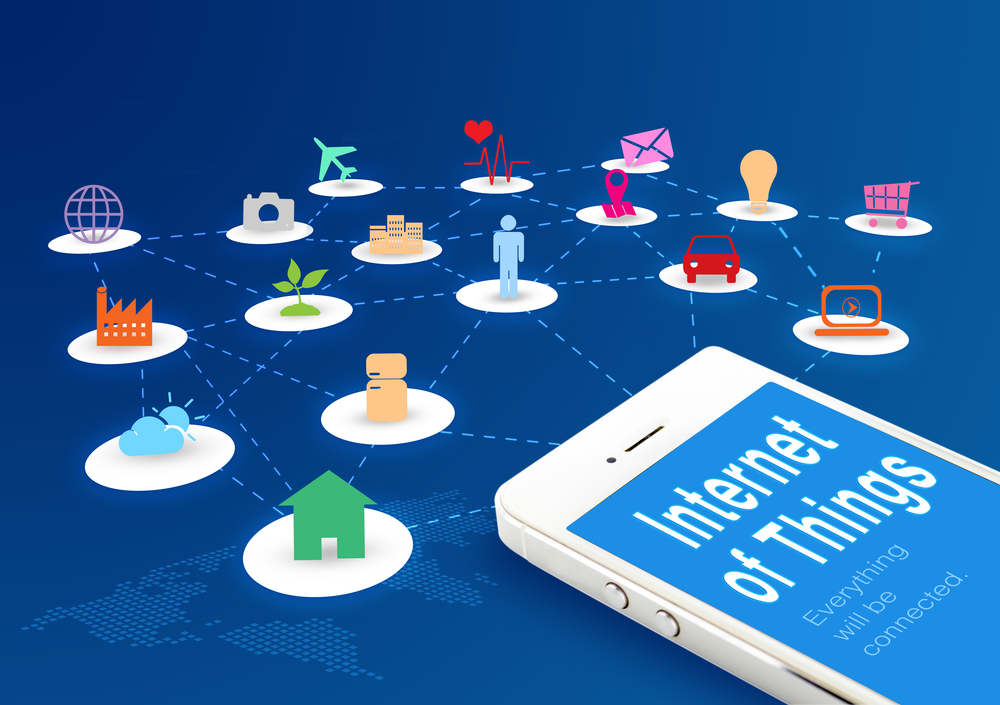The promise of software sitting inside a wider variety of devices is set to open up valuable new revenue streams for the Internet of Things (IoT) in 2016.
Device manufacturers are set to aggressively adopt new business models associated with monetising the embedded or external software powering their intelligent devices, as the rhetoric becomes reality and the true value of connectivity comes to fruition.
Here our five predictions for how the IoT landscape will shape up next year.
>See also: Gartner’s Internet of Things predictions
1. Intelligent device manufacturers will increasingly realise the need to become software-centric companies to garner profits
Increasingly, the value of physical devices will be defined by the embedded software inside them or the control software that helps to manage the physical goods.
Manufacturers will have to start thinking and acting more like software companies, leveraging the software applications they build into their products as a driver to reduce manufacturing costs, increase product innovation, and capture new revenue streams.
Taking a software-centric approach means manufacturers will start re-designing products from fixed-function, disconnected devices to flexible, seamlessly connected systems.
2. Manufacturers will start realising the financial gains from the IoT
While the innovations and customer references now possible with smart and internet-connected devices serve as the fuel for industrial revolution, there must be an accelerant to ignite that fuel. In a business context that accelerant is the lure of money.
In last-generation devices, device makers were fairly limited in terms of monetisation options. Today, and more so in the future, device makers will continue to aggressively adopt new business models associated with monetising the embedded and external software that’s increasingly powering their intelligent and internet-connected devices.
This includes leveraging software licensing and entitlement management – a mainstay in the traditional software industry.
3. ‘Everything as a service’ – IoT will transform objects into services
As IoT manufacturers seek ways to deepen their relationships with customers, a key goal will to become more strategic and provide ongoing solutions tailored to evolving customer needs. Services will be a critical element to selling solutions.
For instance, medical device makers will be able to use big-data to provide better diagnostics based on segmenting national, socio-economic or ethnic characteristics of an overall population pool.
Or auto manufacturers will be able to equip their cars with every feature and upgrade available – and simply turn on or off the feature via software and licensing based on what the customer has purchased.
In these scenarios, the device maker can make a strategic decision about whether or not to monetise a feature or to provide it at no cost.
4. IoT hacking will make more headlines, increasing pressure on device makers to focus on security and remediation
Recently, much attention has been paid to potential security threats facing smart internet-connected devices – from refrigerators to vehicles. As incidents of these device hacks continue to mount, device makers will need to make security more bulletproof – both to prevent hacking and to quickly remediate the problem if hacking does occur.
Device makers will need to adopt measures such as tamper resistant licensing code, investing the time to reverse engineer-embedded software on the device, monitor and track patch levels to be aware of exposure, and send software and firmware patches to entitled customers using only secure download URLs that expire.
>See also: What does an ‘Internet of Things’ enterprise really look like?
5. Rise in IoT devices will fuel third industrial revolution
The first industrial revolution ushered in a global transformation as the means of production transitioned from human labour to machine driven automation. The second industrial revolution accelerated change through the growth of the railways, iron and steel production, manufacturing automation, the use of steam power, oil, electricity, and electrical communications.
With the introduction of embedded software and app-driven hardware into manufactured devices, and the ability, through software licensing, to monetise those device functions and features, devices have become intelligent solutions and capable of generating completely new types of revenue streams.
Connecting those intelligent devices to the internet is accelerating the third industrial revolution by enabling services, solutions and big data offerings around every day industrial and consumer goods.
Sourced from Vincent Smyth, GM and senior VP EMEA, Flexera Software










